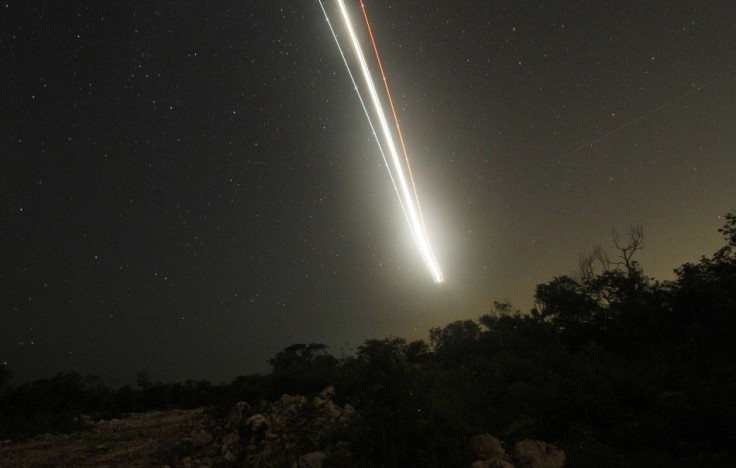Perseid Meteor Shower: What Does a Shooting Star Sound Like? [AUDIO/VIDEO]

The Perseid meteor shower delights North American sky-watchers every August. But usually, observers of the phenomenon only get to see meteors, and not hear them.
Now, thanks to a United States Strategic Command antenna in Lake Kickapoo, Texas, scientists can listen to the noises that shooting stars make. In a video (posted below) the U.S. Air Force Space Surveillance Radar in Texas recorded the echos of the meteors, which make a very distinct noise when the pass through the sky. The antenna can detect objects as small as 10 centimeters as far as 18,000 miles away.
The images in the video were taken at the International Space Station by astronaut Ron Garan earlier this week.
The shower gets its name from the constellation Perseus, itself named for a Greek hero. Perseus famously slayed the gorgon Medusa and went on a number of brave adventures. The meteors appear from the middle of this constellation when observed in the night sky.
People around the world have been watching the Perseid shower for about 2,000 years. All of the meteors that tear across the sky are part of the tail of the comet Swift-Tuttle, which has been in orbit in our solar system for about 130 years.
© Copyright IBTimes 2024. All rights reserved.





















